|
Hope Charities is excited to announce that Hope Conference 2024 will be held in Orlando, Florida on November 7-9th! Please save the date and plan to join us for a memorable time of learning, community building, and family fun. Registration and applications for travel scholarships will be opening soon, so be on the lookout for future emails with more details. We can’t wait to celebrate our 15th year of Hope Charities in Florida with our bleeding disorders family! BEQVEZ™ (fidanacogene elaparvovec-dkzt) Approval Granted by FDAOn April 25, 2024, Pfizer announced that the United States (U.S.) Food and Drug Administration (FDA) approved BEQVEZ™ (fidanacogene elaparvovec-dkzt) injection, for intravenous infusion. BEQVEZ is an adeno-associated virus vector-based gene therapy indicated for the treatment of adults with moderate to severe hemophilia B (congenital factor IX deficiency) who:
BEQVEZ™ (fidanacogene elaparvovec-dkzt) approved product labeling can be found here: BEQVEZ (fidanacogene elaparvovec-dkzt) U.S. Physician Prescribing Information The 2024 Patient Assistance & Access Programs (PAP) Conference was held this week in Philadelphia. This annual conference brings together leaders from various industries to tackle challenges related to medication affordability and access. This conference presents an opportunity for thoughtful discussion, collaboration, and the creation of innovative solutions to patients’ medically-related financial struggles.
Hope Charities President and CEO, Jonathan James, was invited to present at this year's event. His session “How Vulnerable Are the Most Vulnerable” shared national data reflecting the financial struggles of all Americans as it relates to insurance, housing, and general cost of living, while taking an in depth look into the added healthcare costs faced by patients with rare and chronic conditions. Jonathan says, “There can be a callousness that makes people wonder if this type of help is really needed. However, when you look at the data, it’s quite obvious the need is real.” Founded in 2009 with a focus on providing financial support for patients with chronic diseases, Hope Charities has since given away $4,069,029 in individual grants to patients and their families to assist them in attaining desirable health outcomes. Supplemental Financial Assistance Now Available
Baton Rouge, LA — December 12, 2023 — Hope Charities, a non-profit that provides education and financial support for individuals with chronic illness, has opened a new fund to provide financial assistance to individuals living with hemophilia. Through the fund, Hope Charities will provide recurring monthly assistance to eligible patients with annual household incomes up to 250 percent of the federal poverty level to cover household and necessary living expenses. Hemophilia is an inherited blood disorder in which the blood does not clot properly. There are two types of hemophilia: Factor VIII deficiency (Hemophilia A) and Factor IX (Hemophilia B). The severity of either type of hemophilia is defined by the amount of factor present in the blood. Treatment for hemophilia consists of intravenous or subcutaneous injections of factor. These treatments do not cure hemophilia, but greatly reduce and in some cases, eliminate bleeding episodes. Recently, gene therapy products for hemophilia have become available to select groups of hemophilia patients. While treatment is readily available, for many patients the cost is prohibitive. In 2023, Accredo’s analyses revealed the average annual cost for clotting factor for a patient with severe hemophilia to be $393,000. In comparison, a newly released gene therapy product for Hemophilia B, costs $3.5 million for a single dose! “We are excited to launch this new program to provide financial assistance to care for the indigent population. People living with hemophilia often struggle to pay for life’s basic necessities,” says Hope Charities’ President and CEO, Jonathan James. “Thanks to the generosity of our donors, we are able to provide assistance to patients through individual grants to ensure fiscal stability and support in paying for vital needs. When people lose their homes or cannot afford utilities such as water or electricity, caring for physical health needs is not a priority. The lack of basic necessities can lead to catastrophic results for someone with a chronic condition and we hope to make a positive impact in the lives of the people we are here to serve.” To determine eligibility and apply for assistance, visit Hope Charities’ website, hopeforhemophilia.org/programs. All applications are subject to approval based on applicant eligibility and availability of funds, and applicants must be able to provide photo identification, proof of expenses, diagnosis, and income. To learn how you can support this or other Hope Charities programs, visit hopeforhemophilia.org/donate. About the Hope Charities Hope Charities is a nonprofit organization that serves patients across the United States. Founded in 2009, Hope Charities has provided over $2 million in financial support to patients, families, and caregivers who are impacted by a bleeding disorder. In addition to providing financial assistance, Hope Charities offers educational opportunities for patients and caregivers to learn to manage their chronic condition, emotional support to help them through moments of crisis, and advocates for policy change that will lead to better health outcomes for the patient community. For more information, visit hopeforhemophilia.org. Ashley is somewhat new to the hemophilia community but has already worn many hats including mother to a child with hemophilia, carrier of hemophilia, volunteer, and most recently, executive director of a state chapter. Even though her uncle had hemophilia, she says she had limited experience with the disorder until her nephew was born. “My family wasn’t prepared for someone to be diagnosed with hemophilia again. I guess we thought since my mom didn’t have any kids with hemophilia, it just ended there. Then I realized I could have this too; it’s something I should think about when I have kids.”
Ashley was tested when she was pregnant for her first son, Leo, and learned she is a carrier. While Leo does not have hemophilia, her youngest son, Max, does. The diagnosis process was frustrating for her each time they tested her sons. “It’s such a rare disease that people aren’t familiar with testing for it. Both times the hospital botched the test and the baby had to go back in for testing.” It was difficult to sit by and watch her babies endure multiple painful needle sticks and maintain patience when she desperately sought out answers. “With Max, finding out was hard, even though I knew it was a possibility. Nothing really prepares you for hearing those words.” Ashley’s biggest fear was that they would never get to have a normal life. “It felt so overwhelming thinking that this would take over. I was scared that it would take over our life.” The first few days after receiving his diagnosis were the hardest and were clouded by sadness. She could not stop herself from comparing her boys and how a normal part of childhood, like bumping your head, would have such drastically different implications for Max. However, Ashley knew she could not be sad forever. “I told myself it could be worse. This might present some challenges, but we’ll get through this as a family.” Max suffered his first bleed when he was 8 months old. Ashley noticed that he would not crawl and would only reach for things. She knew something was wrong when he began to cry when she held his ankle while changing his diaper. She immediately called her HTC, The Louisiana Center for Bleeding and Clotting Disorders at Tulane; an ultrasound revealed an ankle bleed. Max began prophy treatment, which meant weekly travel to the HTC for infusions. When Max developed inhibitors, the need for a port became imminent. “Port surgery was stressful. Putting him to sleep was stressful and knowing he’d have a cut and permanent scar. When you have a child with hemophilia, surgery is just scary.” Max’s port surgery took place one week before his first birthday, and Ashley expected to be in the hospital for 2 to 3 days. However, due to uncontrolled bleeding at his port site, he was in the hospital for 10 days. “That was scary. In the beginning, when it wouldn’t stop bleeding, I could tell the doctors and nurses were worried. It scared me. I was worrying about my other son who was worried about his brother. All of the unknowns were scary.” Their hospital stay ran so long that Max celebrated his first birthday in the hospital. The hospital staff was very supportive and brought presents and a cupcake for Max. However, Ashley’s worries about having a normal life with hemophilia resurfaced. “I just cried. I was trying to get myself together, but it was so overwhelming to be there for his birthday. I wondered if every birthday was going to be spent in the hospital and if every celebration would be tainted.” Cassandra comes from a long family history of hemophilia. Starting with her grandmother who passed it down to her father, then herself, and now her son, she describes her journey as phases of transition from being a daughter, a patient, an educator/helper, and now a mother, all beautifully protected by a bond between herself and her father that she now shares with her son.
When Cassandra was very young, her parents explained that she bruised easily because she was a carrier for hemophilia. However, the reality of it did not sink in until she was a junior in high school. She was an athlete excelling in her sport, pole vaulting, when she started to experience shin bleeds and was diagnosed with hemophilia. She continued to pole vault through her college years, but her disorder presented many challenges. Cassandra did not know any other athletes with a bleeding disorder and was frustrated with how quickly others recovered from injuries, while she suffered for weeks. She often felt isolated by not being able to participate in practices and spending lots of time in the training room doing physical therapy. She was never really afraid of her hemophilia because she was “a bit ignorant of it.” In all the years she watched her dad work through his disorder and infuse, she did not realize that she was also affected by it and that was why she was getting injured so frequently and not healing properly. She began to seek advice from her father on how to manage her hemophilia, even preferring to call him before calling her HTC, because she has so much trust in his knowledge and experience. Destiny Caithamer was a shy kid with low self-esteem. In an attempt to pull her daughter out of her shell, her mom, Celine Caithamer put Destiny in her first beauty pageant, where she was scouted by a photographer. Today the 25 year-old is an international model and pageant queen. Her Facebook page is decorated with gorgeous pictures from countless professional photoshoots and magazines. She is living a life that most girls could only dream of and many would envy. However, this is only part of her story and what lies beneath the surface makes Destiny feel less glamorous and more like an “alien: unique, misunderstood, and a bit of an anomaly.”
When Destiny started having unexplained bruises at the age of 5 months and was vomiting blood, her mom knew it was time to seek answers. It was initially suggested that she might have had leukemia. After a couple of visits to the Comprehensive Center for Bleeding Disorders in Milwaukee, the family was invited in for an educational session. “They gave me all these words that I didn’t know, like von Willebrand Disease, factor VIII. I didn’t know about the clotting cascade. It was all new. It was all foreign,” says Celine. Destiny was diagnosed with von Willebrand Disease, as well as factor VIII deficiency. “I was relieved that it wasn’t leukemia. Second thing I thought of was that I was completely ignorant on the issue. I couldn’t even pronounce the words they were using.” Destiny’s normal childhood, despite her bleeding disorder, turned into shock and confusion when she started school as she struggled to fit in. Her peers did not understand her disorder and thought because she had bruises on her legs that she was dirty. Some kids refused to play with her. It was difficult for her to be cast aside by her peers and she said she “always felt alienated.” In third grade, Celine had someone go to school to talk to Destiny’s classmates about her disease. Afterward, the teacher had everyone put their hands on the table and told the class to look around for the student wearing the special bracelet while attempting to explain the disease. At a very young age, Destiny already knew the value of embracing her disorder even when others shunned her because of it. “Kids thought it was a scary, bacteria, or an illness they could catch. The way the teachers were describing it, if I were able to explain it to the class, I would have been able to explain it in my way, a way that kids my age would understand.” Life was normal for Brandee. She lived near the coast and enjoyed water sports, softball, and dance. When she was 10 years old, her brother died of a platelet disorder, idiopathic thrombocytopenic purpura. Two years later, she experienced her first menstrual cycle which lasted more than 30 days. After a year of tests, she was diagnosed with von Willebrand’s disease. Brandee had always bruised easily, but no one thought much about it. “I got put on the back burner because my family was always dealing with my brother’s issues. I wasn’t constantly in my mom’s care long enough for her to see if something was wrong.”
After losing a son to a bleeding disorder, Brandee’s mom was most fearful of her diagnosis and worried about losing her daughter. “She kept me very close.” Brandee’s reaction was quite different. Being a teenager, initially, her diagnosis seemed insignificant. “You’re young and you don’t really care.” That attitude soon changed. Her bleeds were very difficult to control and she had to be infused so frequently that she would often go to school with an IV in her arm, which she tried to cover with clothes. Eventually, it became obvious that her disorder would be much easier to manage at home and Brandee started to homeschool. Suddenly, her “normal” childhood was anything but normal, and she was missing being around her friends. Even worse, everyone was placing limitations on the activities in which she could participate, and she did not understand why things like riding jet skis, playing paintball, softball, and dance, activities in which she had always participated, were now off-limits. For the next 10 years, Brandee would try to find the right treatment to control bleeds associated with her menstrual cycle, spending lots of time in the ICU for transfusions. At times, she could not walk three feet without passing out from the extreme blood loss. One surgeon who has done multiple port placements on Brandee says that she seemed “very annoyed and mad at the world”. Although she did not agree with that statement at the time, in hindsight she says her doctor’s perception was correct. “I was hoping that it would just go away; that I could just put it on the back burner and that it would go away. I just really wanted to be normal and just be a kid.” Blanca Ramirez is a self-described advocate and friend to the bleeding disorders community, a role she has been passionate about for the last several years. However, this role presented itself through the course of life experience as she learned to navigate the diagnosis and treatment of herself, and again with her daughter, Cynthia.
Blanca was a child living in a small town in Mexico when she started experiencing unexplained bruises and bleeds. She used her clothing to cover the bruises, but the bleeds could not be hidden. She says, “I couldn’t have friends because they thought I was contagious. They just didn’t understand.” Her initial diagnosis was anemia, but the nose bleeds and heavy periods eventually proved that to be incorrect. Her bleeds were so severe that she would get dizzy and weak and her biggest fear was that she would die from a bleed. There was no factor available at the time and transfusions were still the norm for treating bleeds. However, the clinic in her town did not carry blood and the closest hospital for which to receive a transfusion was nearly four hours away. She did her best to manage her bleeds and her pain. She says, “The pain is there, but I don’t really pay attention to it anymore. We women, we learn to deal with the pain.” Some years later, her daughter, Cynthia, who was a physically active child, experienced symptoms similar to her moms, with lots of bruising and an abnormal number of nosebleeds. In 1991, when Cynthia was five years old, she was diagnosed with von Willebrand’s disease. Her family had no knowledge of this disorder and the specialists and doctors in their small town in Texas could offer them little help. They endured many nights of nosebleeds and long hours at hospitals searching for answers from doctors who had no experience in treating bleeding disorders or awareness of effective treatment. This was exacerbated by the lack of moral support they received and understanding from their community. Blanca says, “von Willebrand’s disease was affecting our lives in a critical way.” One fateful trip to the hospital would soon change their fortune. Doctors were again baffled to find treatment and they were scheduled to spend the night in the hospital when they received a call from Dr. Howard Britton of Santa Rosa’s Children’s Hospital informing them that he was sending a helicopter to transfer them to his hospital for treatment. Blanca says, “Dr. Howard Britton was our saving angel. Our lives changed from that moment on.” Kathy MacKay met David in 1985 when she moved to Nashua, NH. She referred to him as "the boy next
door." They sparked up a relationship pretty quickly, and that is when she learned he had hemophilia. She infused him three times early on and stated that she did not know if he asked her to do that because he just wanted an excuse to come over or if he really did need her help. She said that she always ac- cepted David's Hemophilia. They had read about the Ryan White story in the news and knew about the issues with the blood supply. Kathy asked David if he had been tested for HTLV-III or now know as HIV. He said he tested negative. So she did not think much more of it because the blood supply was allegedly safe. A little under a year later, he was tested again, and at that time, he tested positive. His doctor then offered her a chance to ask questions because they were both concerned. Kathy immediately made an appointment to address her questions. David's doctor said he wasn't concerned about him progressing to AIDS at the time because of his infrequent infusions. Also, they found out he had been exposed to Hepatitis B and C, then referred to as non-A, non-B. Again, the doctor told them there was little to worry about. Kathy remembers him saying "all hemophiliacs have been exposed to Hepatitis, and it only affects a small percentage of patients. It is an acceptable risk." Kathy heard what she wanted to hear from the doctor. Kathy reflects, "I wasn't smart enough then to really think about what that meant. I heard what I wanted to hear about HIV, so I think in my head, I just accepted what the doctor said." This was before the internet, and doing research was not easy. As time went on, David was doing well, and he proposed to Kathy. They married in August of 1987. Every once in a while, his T-cells would dip a little bit, and they would get nervous, but they always bounced back up. David was asymptomatic and never met the criteria for an AIDS diagnosis. Because their future was looking bright, they decided to start a family. They had two boys: Ryan, who is now 27, and Dustin, who is now 31. They took all the necessary pre- cautions to minimize the risks of Kathy contracting HIV. They made it through both pregnancies, and neither Kathy nor the children contracted HIV. Kathy had to be tested frequently. "I lived my life being tested for HIV, but I lived my life." In the summer of 1994, David had a bad hip injury and could not work his summer job as a camp counselor. He was a special education teacher and was really looking forward to working at summer camp that year. Due to his bleeds and a series of respiratory infections, it caused him to face Hemophilia and HIV's circumstances even more. It was during this time that David started to have issues with depression. For the most part, he kept his feelings to himself. In retrospect, Kathy wishes that David could have shared his fears and worries more openly. When Kathy is asked, "what was more of a challenge," hemophilia or the viruses, Kathy said it was the viruses that really made her upset. "My life had never been perfect. I always faced challenges along the way.” it was just a challenge, but the viruses could have been prevented. Kathy goes into greater detail on how the blood products became contaminated and how the psychological effects impacted the people in her upcoming memoir, "Unacceptable Risk." |
Hope Charities
|
Live Chat Support
×
Connecting

You:
::content::
::agent_name::
::content::
::content::
::content::
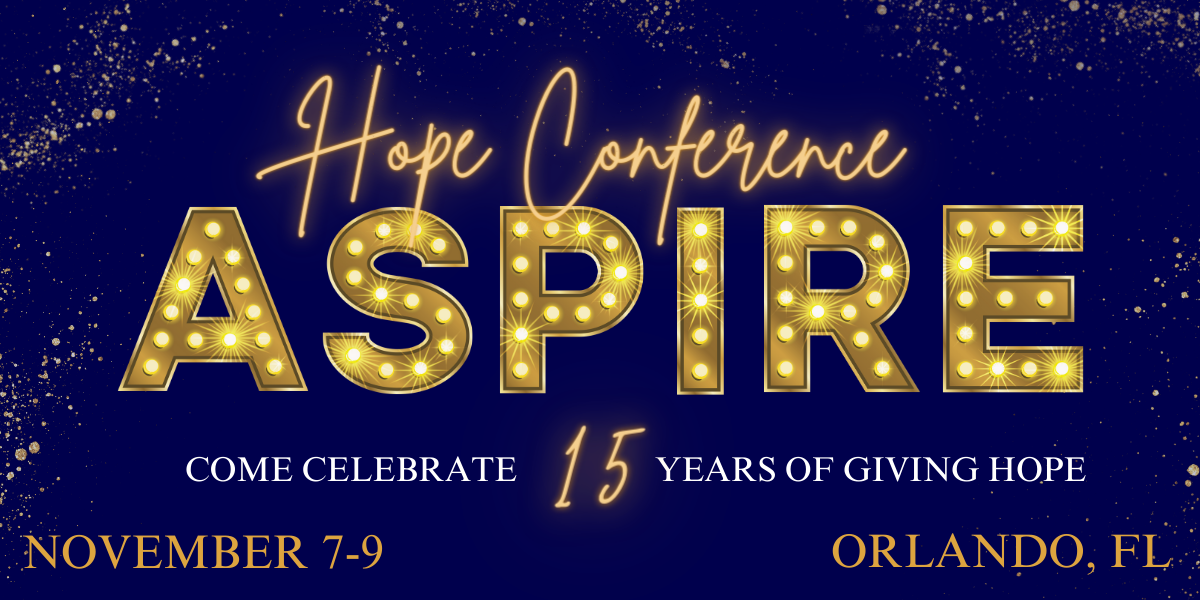

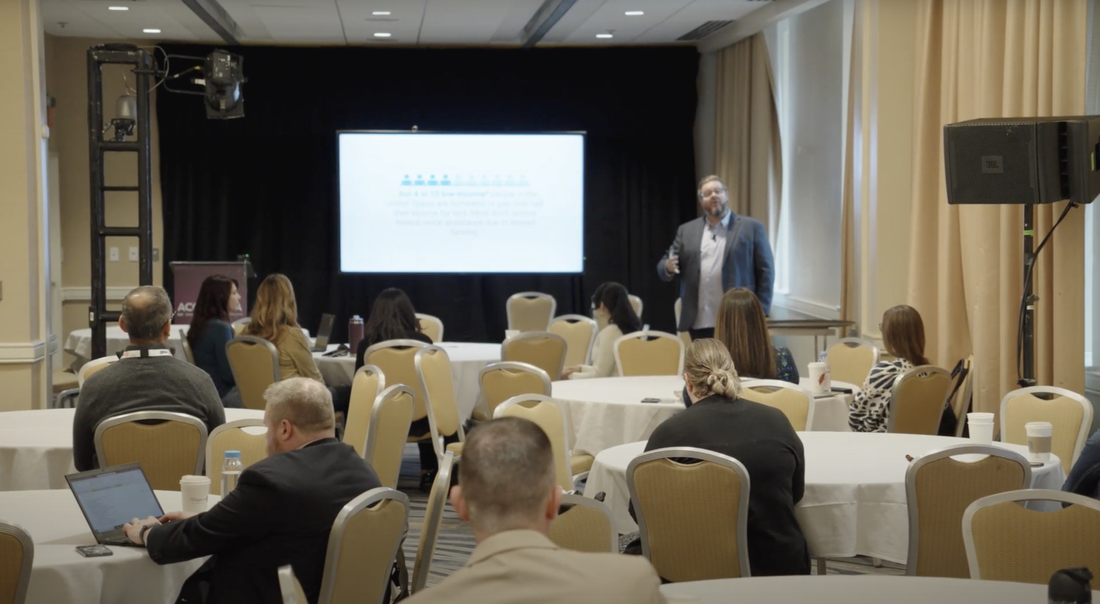
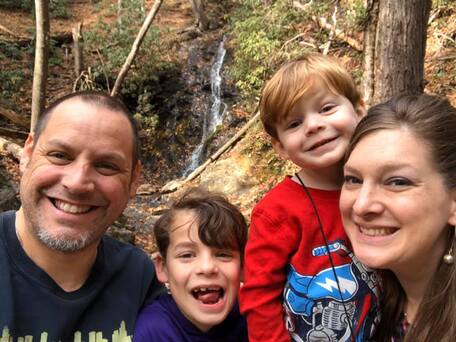
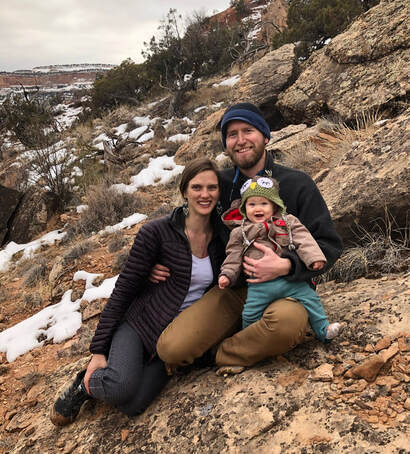

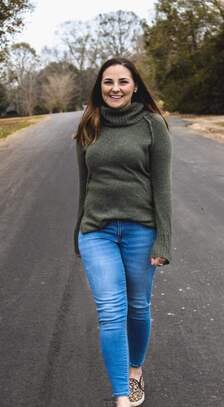
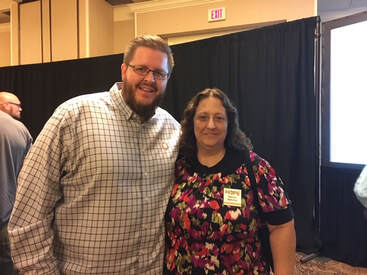
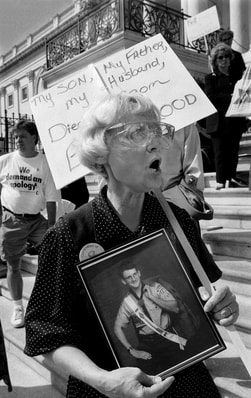
 RSS Feed
RSS Feed